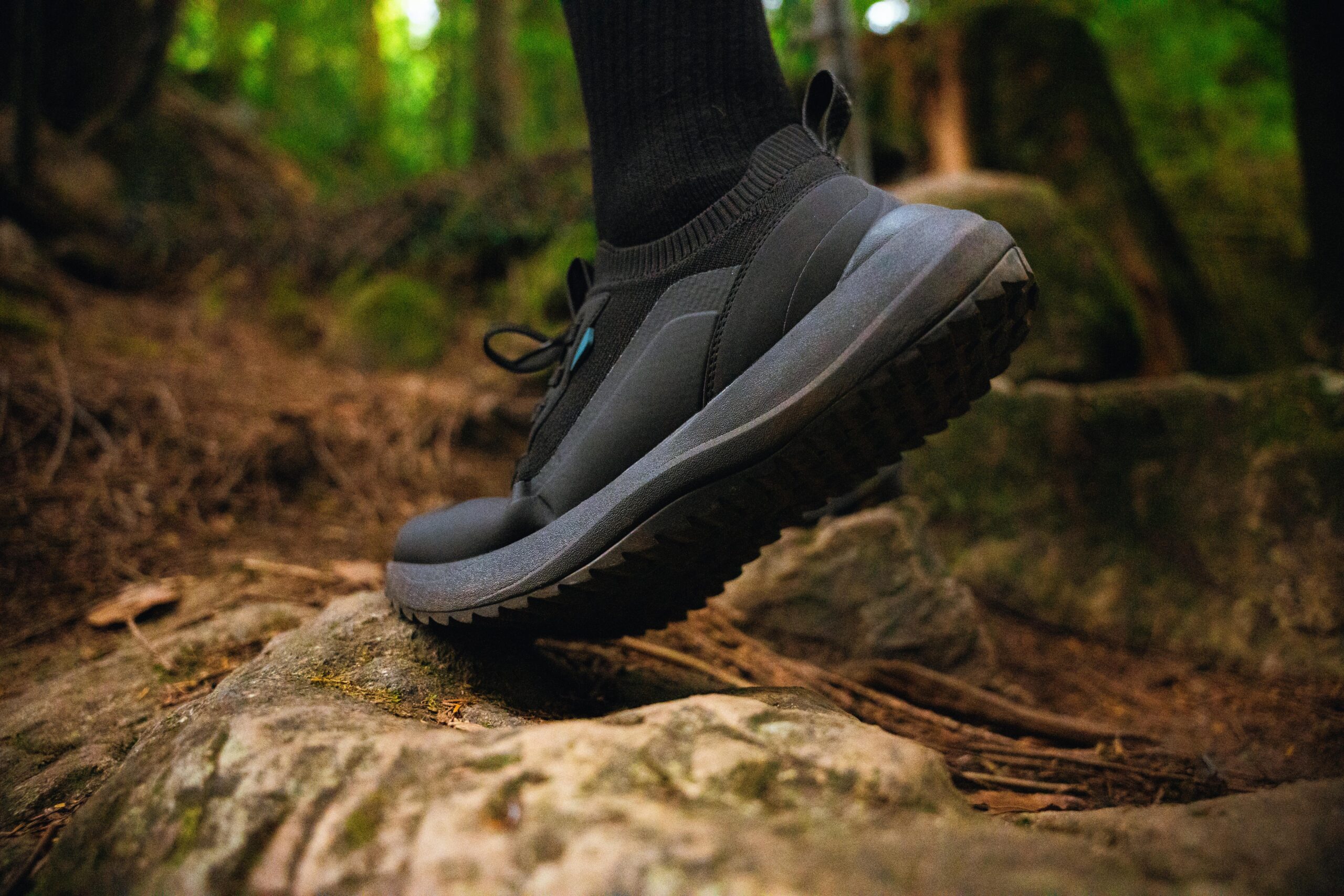
This is a guest post by Maya Thompson, a travel writer and weekend hiker who prefers packing light and walking far. She tests footwear on city strolls and mountain trails alike, sharing practical tips to help fellow travellers keep aching feet off the itinerary.
When planning a trip, most of us spend hours on tickets, itineraries, and must-see attractions — but often forget one of the most important elements: the shoes we’ll be walking in. From strolling cobbled streets in Europe to trekking scenic trails in South America, or spending long days sightseeing in bustling cities, the wrong footwear can turn an incredible trip into a painful experience.
This is where barefoot-style shoes, like Hike Footwear, come in. Unlike traditional shoes, they’re designed to mimic natural foot movement, keeping your posture aligned, your muscles engaged, and your feet comfortable. For frequent travelers, that can mean the difference between heading back to your hotel sore and exhausted — or being ready for an evening of exploring after a full day on your feet.
Natural Comfort for Long Travel Days
Barefoot-style shoes are designed to replicate natural foot movement. They feature wide toe boxes, which in turn allow the toes to spread out fully and freely as they would when going barefoot, which also reduces that tight feeling you get from narrow shoes. Also, there is the zerodrop sole, which puts the heel at the same level as the forefoot, which in turn promotes better posture over the long course of a walk. Also, unlike in stiff shoes, which don’t move, the very flexible sole of these shoes causes the foot muscles to engage totally, which in turn not only improves stability but also helps to reduce fatigue.
For travelers, that means less pain and aches after a long day of sightseeing or hiking. Instead of going back to the hotel with sore feet, you are able to enjoy your evening activities without discomfort.

Supporting Foot Health While on the Road
Travel has the tendency to put you on your feet more than is normal. From walking tours and museum visits to trekking scenic trails, your shoes are put to the test. Also popular among people who have foot issues is barefoot-inspired footwear. Zero-drop sole alignment is seen to be very supportive, which in turn reduces heel strain, which is very helpful for those that suffer from plantar fasciitis.
Also in that the design is very flexible, which in turn encourages muscle activity, supports flat feet, and in turn improves overall stability. As for travelers with bunions or toe pain, the large toe box gives relief by way of reducing pressure. Though barefoot shoes may not be a cure, many do report they are a great solution for pain-free travel.
A Versatile Choice for Different Destinations
Barefoot shoes also present great adaptability in many environments. You may be walking in historic cities, hiking mountain trails, or at the coast; what these shoes do is perform well without a tradeoff in comfort.
● In the city for the day, go barefoot in light shoes, which will keep you cool and comfortable.
● For outdoor excursions, barefoot-style hiking shoes provide what is needed in terms of traction on rocky trails; also, they are flexible and easy to pack.
This flexibility, which in turn allows you to pack less of a shoe selection in your bag, hence simpler and more efficient travel.


Transitioning to Barefoot Shoes
For new users there is a short break in which your body adjusts. In the past, traditional shoes people wore outsourced support, which in turn minimized natural muscle use. With barefoot footwear the feet require time to strengthen and to adapt. The best way that has been found is a gradual transition. Begin by wearing them out for short city walks or while running errands; from there, step it up to going on hikes or for full travel days.
Many report after which point they see improved posture, stronger arches, and greater comfort during extended activity than that which they had before. For frequent travelers this small time investment pays off in the long term.
Why Travelers Choose Barefoot Shoe
Durable and practical is what travelers look for in their footwear. With barefoot shoes, manufacturers ensure reinforced stitching and high-quality materials, which are built to handle a great deal of wear. Also, designers opt for a very minimalist design, which in turn makes the shoes lightweight and easy to pack, also saving space in the bag.
Another point that travelers bring up is the comfort they get from barefoot shoes, which varies by climate. They wear them barefoot in warm weather and paired with socks in cooler regions, which has a very smooth transition. Also, instead of bringing a separate set of shoes for each situation, which can be a pain, one very versatile pair will do, which often will cover all needs.


Caring for Your Shoes While Traveling
Travel puts footwear in contact with dust, mud, and variable weather. With barefoot shoes, a little care goes a long way to see them through, and they will perform at their best. After every use, from hikes to city walks, give them a clean to avoid damage from dirt. Also after exposure to rain or moisture, leave them to air dry, which in turn will keep them fresh for the next day out.
Rotating out pairs of shoes when on long trips also will see to it that they last longer. Easy solutions like this are what will keep shoes at the top of their game for many trips to come.
Final Thoughts
For travelers, footwear is just as important as the destination itself. Barefoot shoes can offer comfort, natural movement, and adaptability across different terrains, allowing you to focus on the experience rather than sore feet. Whether you’re wandering historic streets, hiking rugged trails, or exploring coastal paths, barefoot shoes can be a reliable and versatile travel companion.
